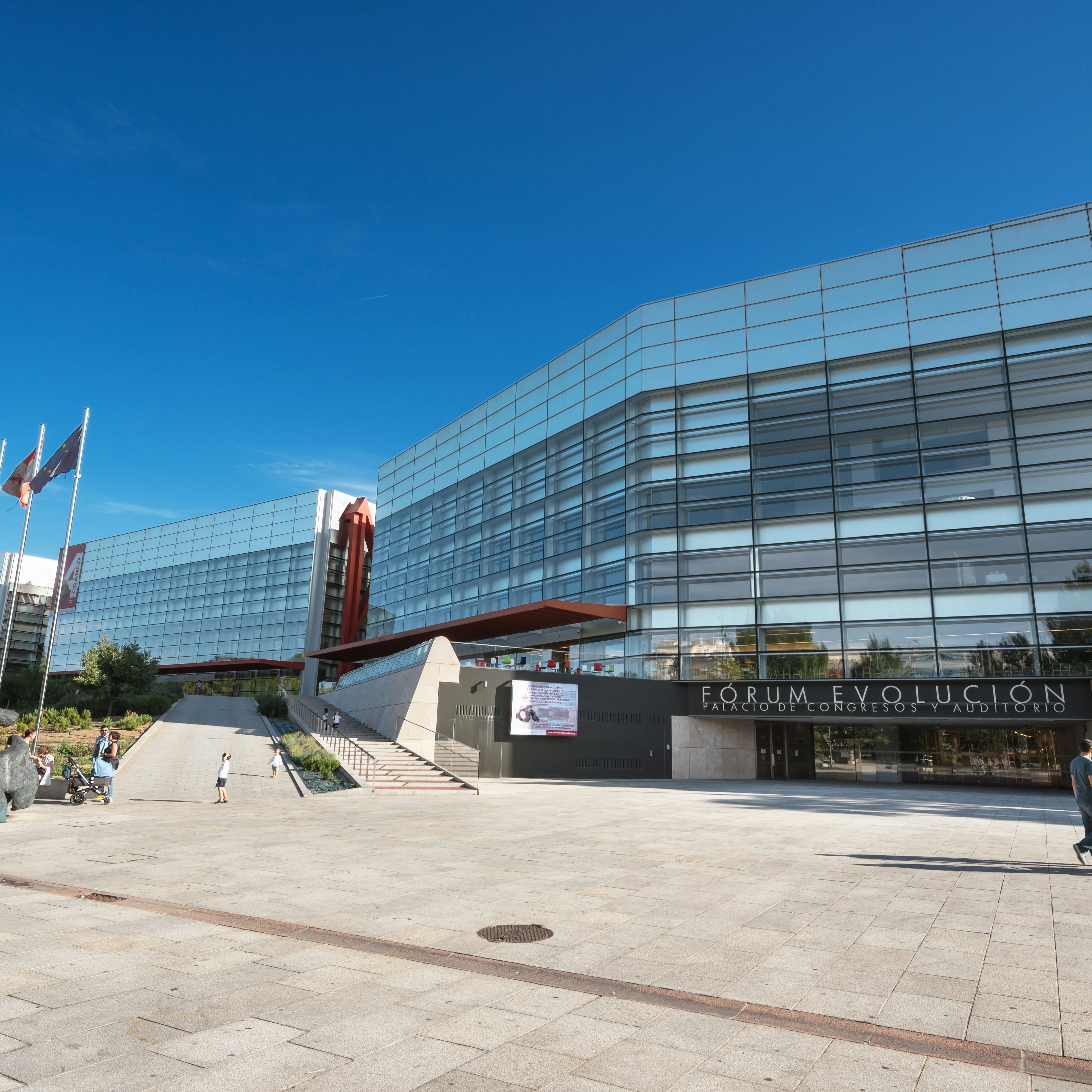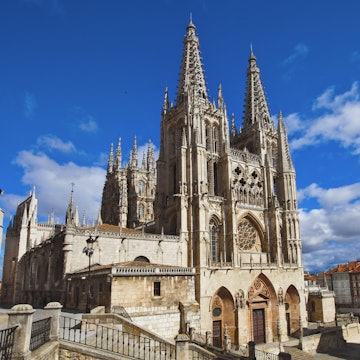
Overview
If you're looking for a window on the Spanish soul, head to Castilla y León. This is Spain without the stereotypes: with vast plains, spectacular mountain peaks and evocative medieval towns and villages. Experience fabled cities like Salamanca, with its lively student population, and Segovia, famed for a fairy-tale fortress that inspired Disneyland's Sleeping Beauty castle. The multiturreted walls of Ávila have similar magical appeal, while the lofty cathedrals of León and Burgos are among Europe's most impressive. As with most of Spain, food here is an agreeable obsession, promising the country's best jamón (cured ham), roast lamb and suckling pig.
Leave the planning to a local expert
Experience the real Castilla y León. Let a local expert handle the planning for you.
Must-see attractions
Get a book. Get inspired. Get exploring.
in partnership with getyourguide






















